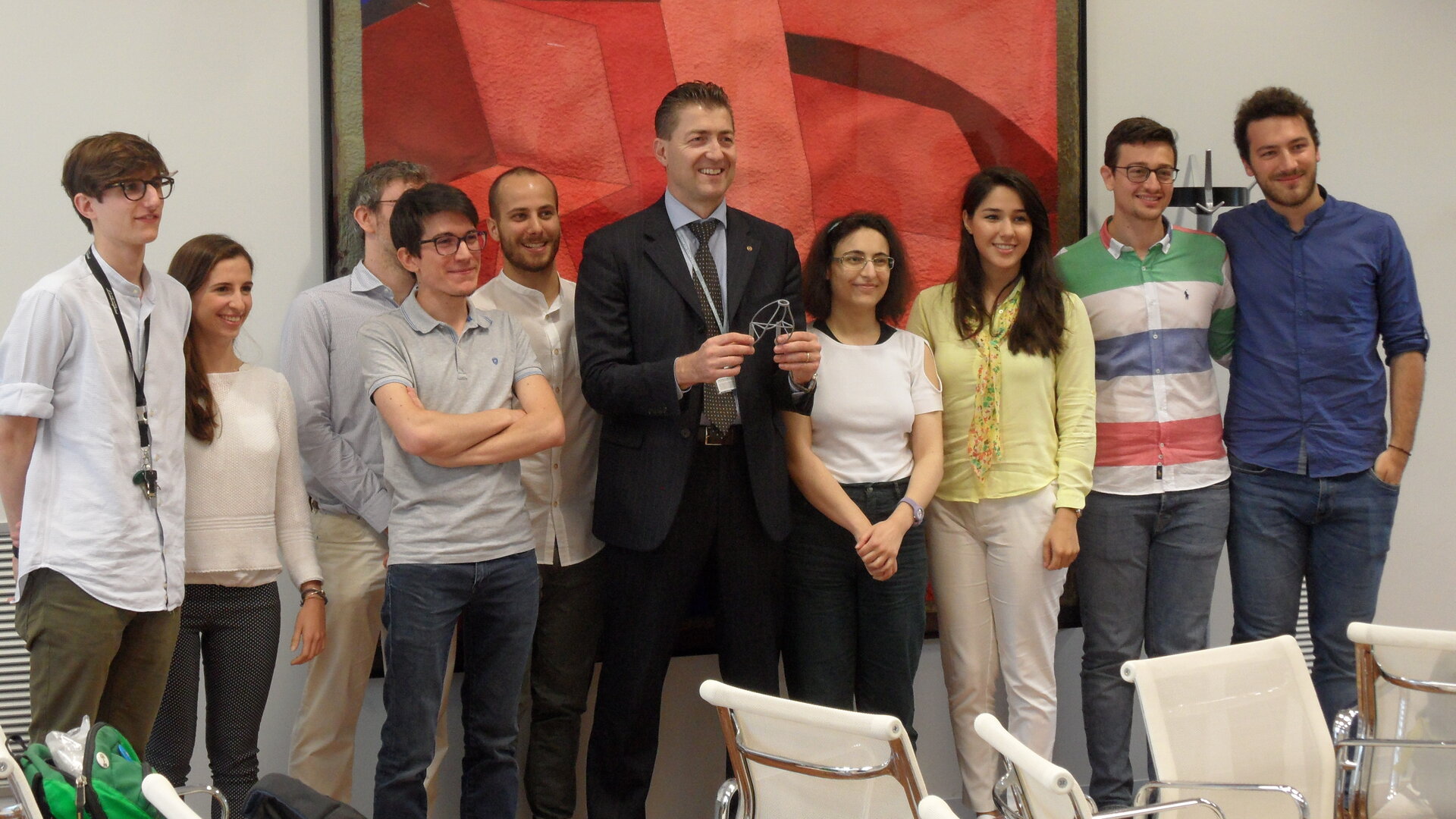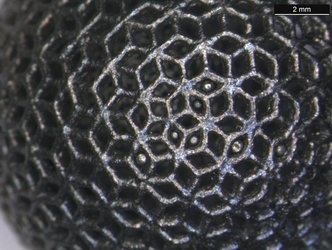Students challenged to redesign 3D-printed space part
Europe’s first course in 3D printing for space structures, taught at Italy’s Politecnico di Milano with an ESA expert as guest professor, included a contest challenging students to re-engineer actual space hardware 3D printed by European industry.
The winning part – support bracket for the payload adapter of Europe’s Vega launcher – offers a 25% mass reduction compared to the standard equivalent. Its relative strength was tested using specialist software to ensure it matched performance specifications.
The course, Additive Manufacturing for Space and Aerospace Applications, commenced at Politechnico di Milano in February, taught by Tommaso Ghidini, Head of ESA’s Structures, Mechanisms and Materials Division.
“Additive manufacturing (AM), otherwise known as 3D printing is an exciting fast-growing field,” says Tommaso. “The aim with this course is to relate it to the unique requirements and engineering needs of space, and attract a new generation of engineers into the space business.
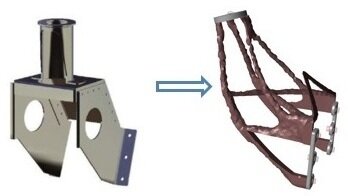
“To really show the kind of creativity demanded, we included a competition. We divided the students into six groups of 10, then tasked them with re-engineering an AM-produced part for space, a bracket for Vega previously designed for 3D printing by Airbus and the Centre for Advanced Aerospace Technologies (Catec) in Spain – who helped judge the results.”
Vega is Europe’s small satellite launcher, in service since 2012. Designed to cope with a wide range of missions and payloads, Vega’s versatility comes about in part through its payload adapter, which holds a satellite in place during the stresses of launch. Reducing the mass of its support brackets through 3D printing helps boost Vega’s future performance.
“For this competition, we will be fabricating the winning design for the students to see. From our point of view it is crucial to have engineers with knowledge on additive manufacturing and space in future – not easy to find today – and this kind of initiatives serves that objective well,” explains Fernando Lasagni, Head of Materials and Processes at Catec.
“In terms of the bracket we put forward for the competition there have been several versions, with optimised but more conservative designs obtaining a 50-60% weight reduction on the original. Then last year, together with Airbus and engineering company CITD we developed a more sophisticated bio-inspired version – the potential for a family of brackets to be integrated onto Vega being now really close.”
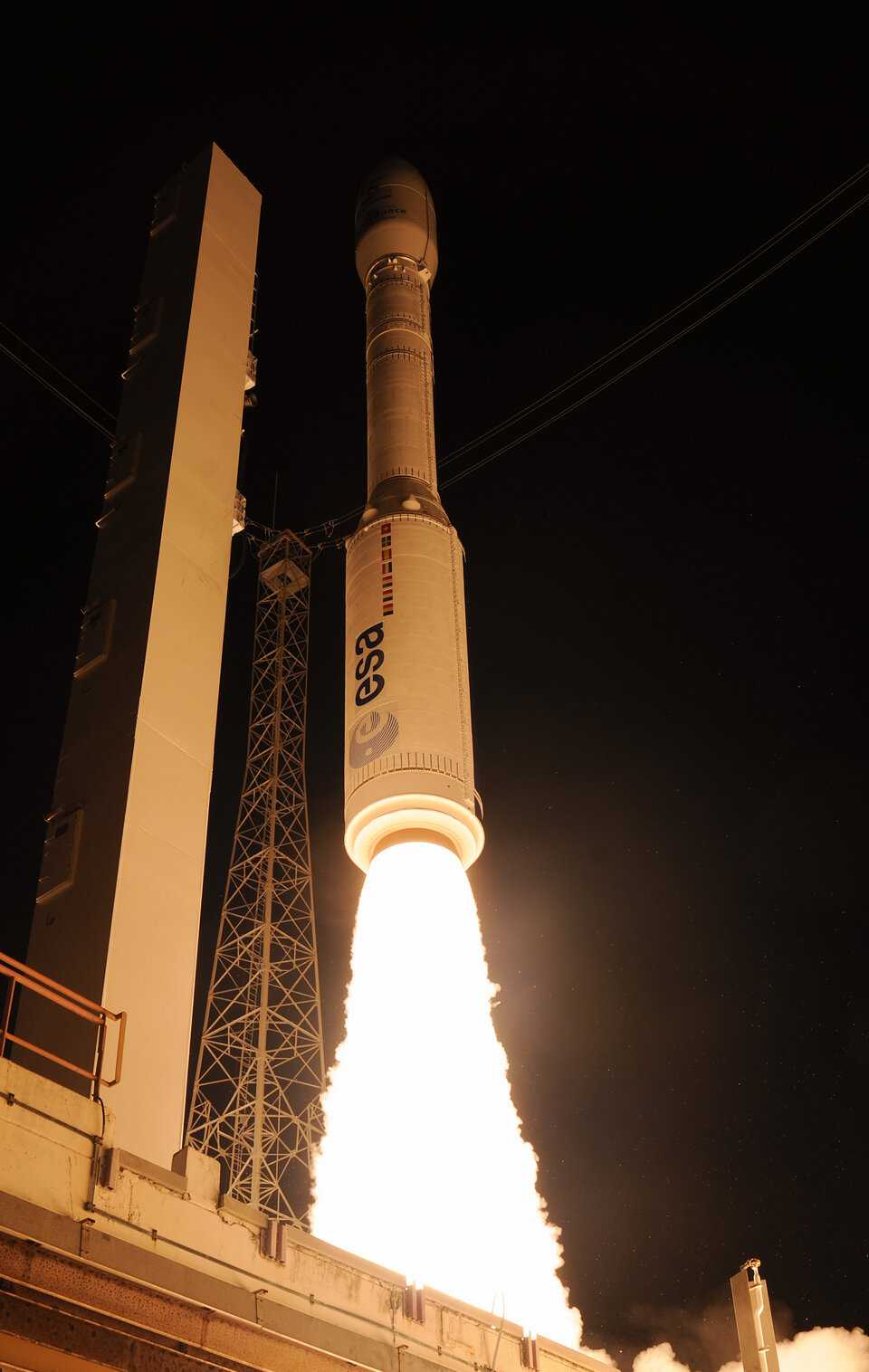
Professor Bianca Maria Colosimo is overseeing the course with Tommaso: “Students have been very excited by the competition we designed, interpreting it as a great opportunity for ‘learning by doing’. They have been given a very real-world challenge, to re-engineer this part while taking into account AM feasibility, costs, process simulation and the final product performance. It really gives them a holistic viewpoint of AM capabilities and challenges.
“AM is becoming a disruptive technology, producing a novel generation of components with new performances and functionalities. As one of the top engineering schools in Europe, Politecnico di Milano has to educate the new generation of engineers to take full advantage of the opportunities offered by AM, while being also able to manage related pitfalls.
“The space sector has always been the leading sector for exploring the opportunities, challenges and limits of new emerging technologies, and this even truer of AM, where ESA has been playing a guiding role worldwide.”
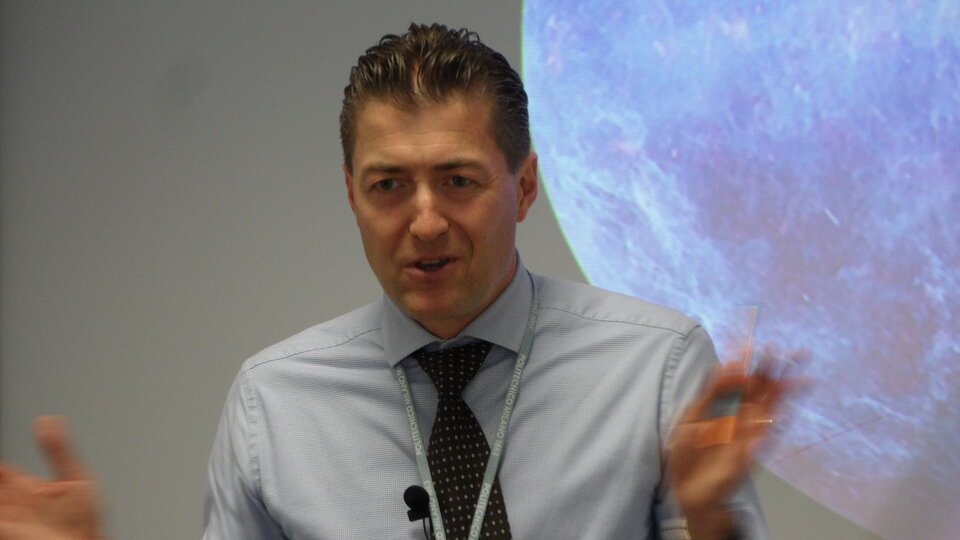
“Ranked as the best technical university in Italy, Politecnico di Milano counts on partners such as ESA to develop new research projects that are able to not only to face big technological challenges, but also to stimulate talents and creativity.” adds Ferruccio Resta, Rector of Politecnico di Milano. “Students are eager to put into practice what they have acquired during the time spent in class. They are ambitious and willing to dare. This is a big opportunity for them.”
The one-semester course began by teaching the basics of the space environment as the ‘playground’ where space engineers have to operate, then onto the benefits of 3D printing: by building up in a series of printed layers parts can be produced– including items that could not be built in any conventional way.
“Like Mother Nature, 3D printing builds for performance, placing material where the loads are, like the way a tree grows to resist the wind,” explains Tommaso.
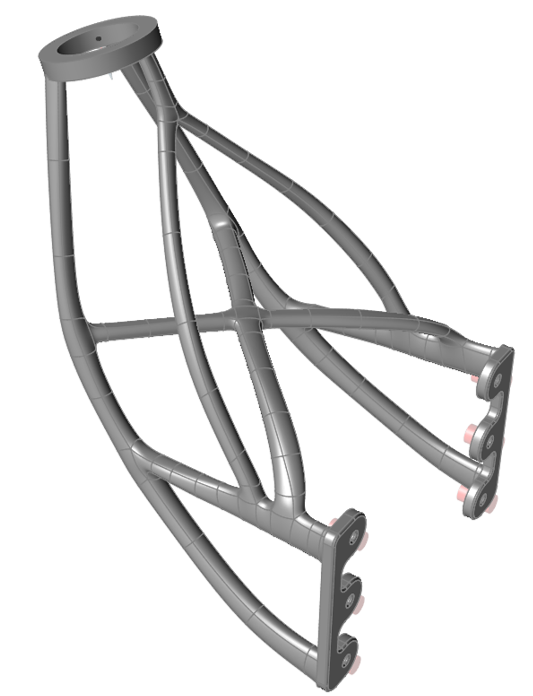
“So designs optimised for 3D printing typically have a distinctly organic ‘bionic’ appearance.”
The course also dealt with the wide variety of materials that can today be 3D printed, from plastic and metal through to foodstuff and even living cells, and their uses the technique is finding, on Earth and in space.
Also covered are the open challenges remaining on harnessing it on a practical end-to-end basis, including the qualification of parts, post-processing and test procedures – including what happens if it goes wrong. It concluded with real-life case studies from the space sector.


